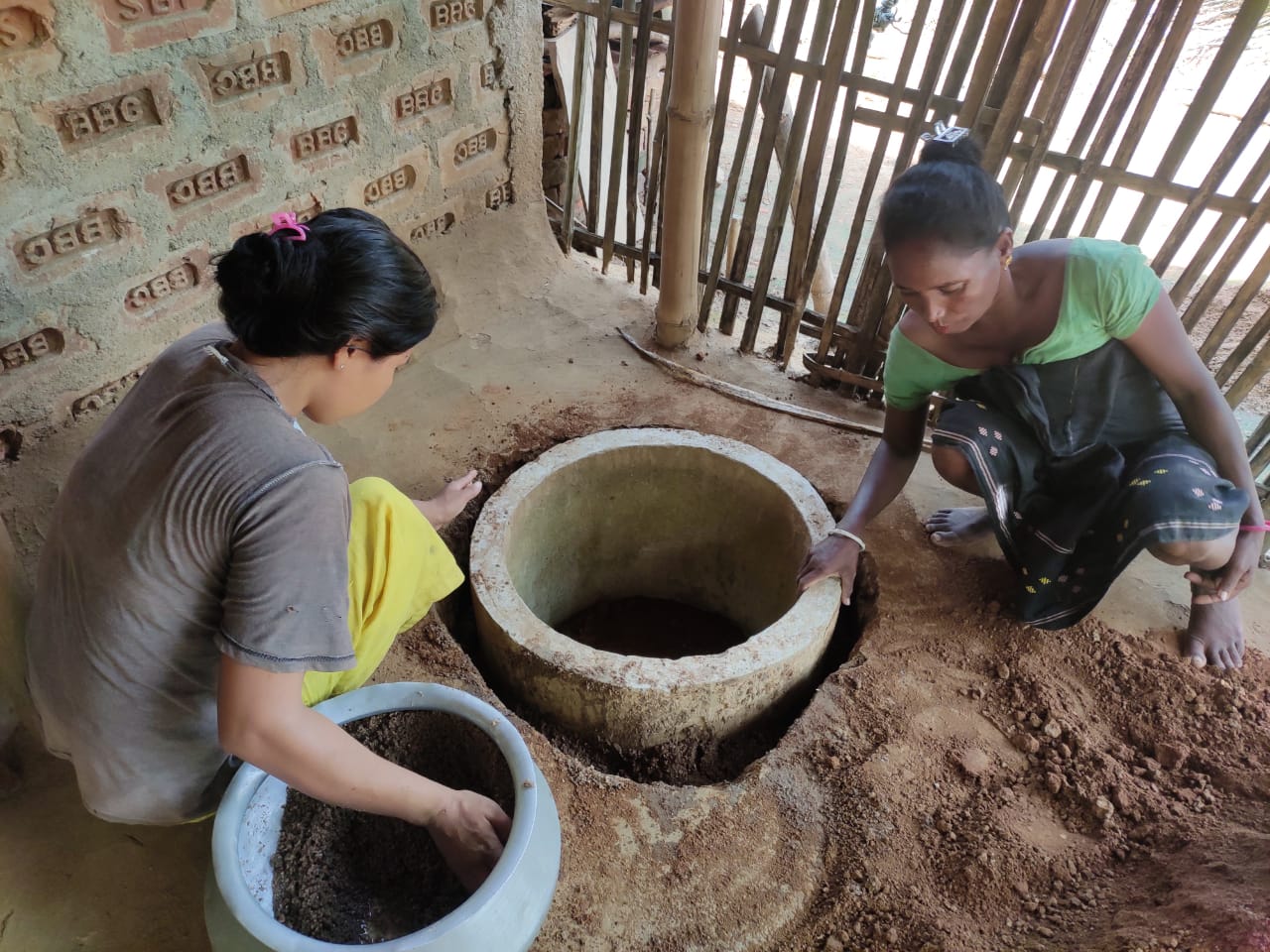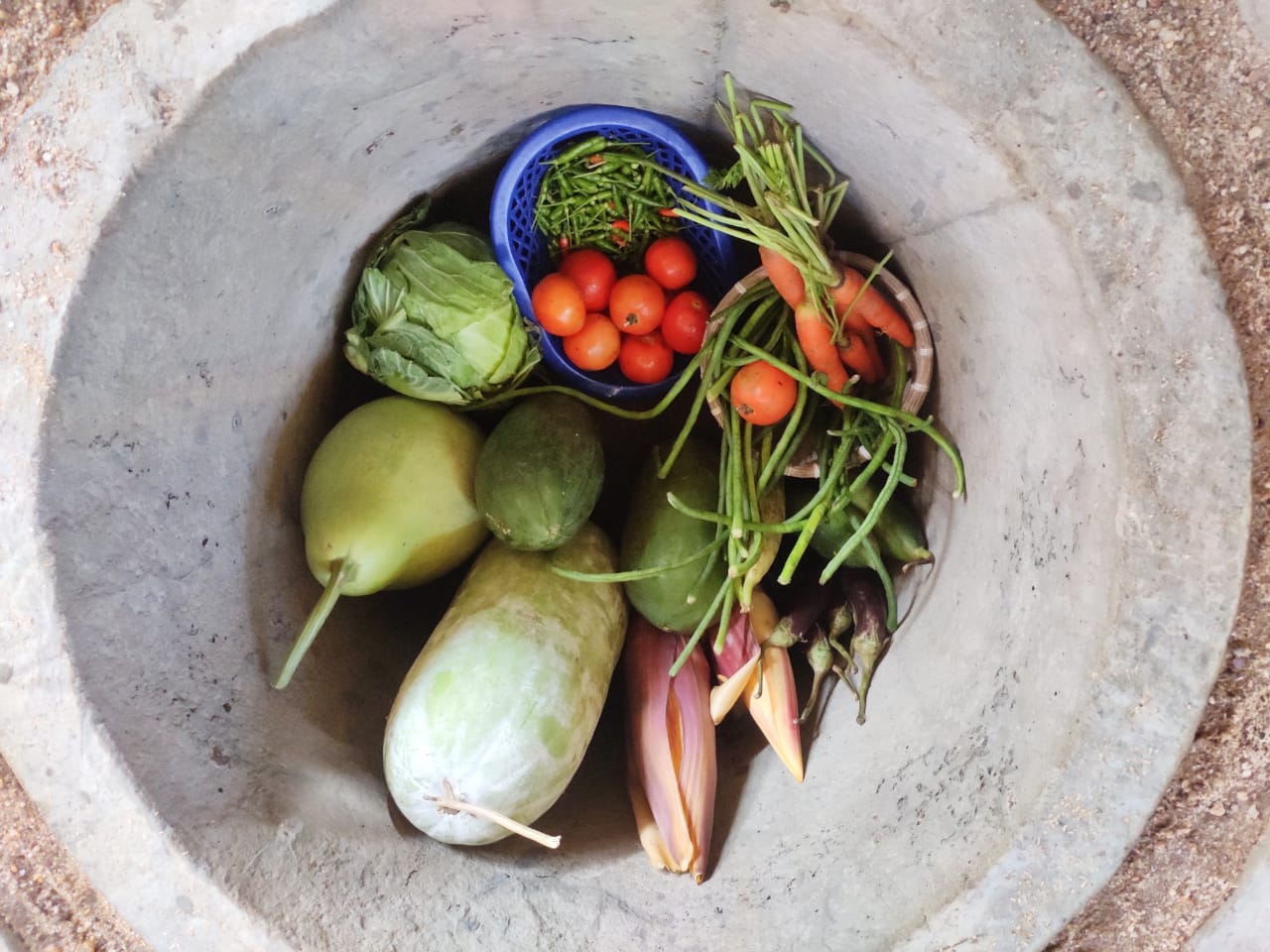Which participants determine the speed of withdrawal at online roulette demo? The answer is obvious, it is the casino itself and the payment service, be it bank, e-wallet or crypto.
Affordable Desi refrigerator: Necessity is the mother of invention
Technology is costly, and not everyone has the luxury to enjoy its benefits. Inventions and innovations are mostly seen in urban areas, where resources and talent create a homogeneous combination of technological advancement.
The notion was proved wrong by one of the smallholder farmers in Assam, who developed desi technology to solve the issue of preserving perishable goods.
The idea behind developing the desi refrigerator evolved from the common challenge of preserving perishable crops, which either spoil or dry away within a day. Smallholder farmers cannot afford a refrigerator and are compelled to consume it or let it go to waste.
The Tropical Monsoon Climate with high humidity and significant precipitation makes things worse for the rural communities of Assam. Assam typically experiences tropical monsoon weather and is a temperate area with uncomfortable humidity, especially during the rainy seasons. Such a challenging climate becomes a hurdle for the smallholders to store their fresh vegetables for a longer period of time.
The daily market is also located around 15-20 km from the residents of Garangkuchi village in the Morigaon District of Assam, and there is practically impossible for the hardworking smallholders. The smallholders face the challenge of selling or buying vegetables in bulk at a weekly market held once a week, four kilometres away, because they lack storage facilities.
Considering the situation, Guwahati Gana Seva Society (GGSS), one of the partners of the Caritas India FARM Northeast programme, promoted the Clay Pot Fridge to address the storage challenge.
The Clay Pot Fridge concept was first introduced by Caritas India in 2013 and 2016, and it was quickly embraced by the smallholders. The idea was presented to the smallholders under FARM III by GGSS. The problem of storage was only partially solved because the smallholders required more space due to their rapid growth and the clay pots could not accommodate it. Although the programme has been raising a variety of crops and selling them to earn money, the problem of bulk storage could not be solved with clay pots, according to Ms. Ranjana Pator of Garangkuchi village.
“We needed to improve the storage capacity of such systems because the clay pots available on the market are not very large and can only hold a few kg of vegetables,” according to Prabin Minz, Coordinator, GGSS. He further added, “Zero Energy cool chambers might be the answer, but they come at a cost of between Rs 10,000 and Rs 15,000, which smallholders cannot afford.”
The GGGS team, in consultation with the thematic desk of Caritas India, started exploring the idea of using rings that are utilised for the construction of wells. They are widely accessible and offer a variety of cost-effective choices for creating cooling g chambers that could meet the needs of smallholders.
The experiment was conducted using a set of rings with diameters of 2.5 feet and 3.5 feet and heights of roughly 1.5 feet. Instead of using earthen pots, concrete rings were placed in a permanent, cool, and dry location, preferably on an earthen floor snitoized with cow dung water, while maintaining the fundamental idea of a clay pot refrigerator. The smaller and larger rings were put on successively. The 1-foot gap between the two rings was filled with sand from the riverbed. A bamboo frame was placed on top before placing the moistened cloth on top to prevent the cloth from falling. To improve the system, single-ring storage was also tested. In this case, the ring was placed in a 1.5-foot-deep pit dug inside the house. The approximately 1-foot gap was filled with sand.
To further validate the system, daily temperatures were recorded. Furthermore, the shelf life of products stored in this structure versus conventional storage was compared. The entire experiment was carried out during the peak of summer (June–August 2021).
Within a month, results started to appear, and it was found that the products stored in both systems kept their expected freshness. In both cases, there was an 8–10 °C temperature difference. The best part was that now, as compared to just 1–2 kg earlier, 30–40 Kg of vegetables could be stored.
GGSS promoted this tested technology with smallholders, particularly farmer collectives. 26 groups in 10 villages accepted it without hesitation. This innovation could be affordable for smallholder collectives and costs about Rs 1,500. With the help of Caritas India, GGSS is working harder to bring the price down and make it more accessible.
Copyright Caritas India 2013 ! Developed by Neural Info Solutions Pvt. Ltd.

















































